Have you ever thought about how invasive moisture can be for your metal building? Most people choose this type of structure for its strength and durability.
But, there’s one vulnerability it can have. It can be struck by moisture, which is often referred to as a silent invader. You don’t realize the damage it can do until it’s too late.
It’s easy to assume a little moisture isn’t going to cause much harm. But, over time, it can lead to corrosion in a metal building and structural issues.
There’s also the possibility of mold growth, which is a danger you don’t want around your products or in the workplace for your team.
Here’s a guide on everything you need to know about moisture and what strategies you should employ to prevent it.
Table of Contents
Sources of Moisture in Metal Buildings
Do you want to know where moisture comes from? This is a common question from many metal building owners.
Let’s dive in and find out.
Condensation: The Stealthy Culprit
Condensation, often dismissed as a harmless occurrence, is a major player in moisture-related problems within metal buildings.
Picture this: warm air colliding with cold surfaces, creating water droplets. This seemingly innocuous process sets the stage for trouble.
Leaky Woes
Leaks are another common and often unpredictable source of moisture. They can happen anywhere, from the roof to the walls, infiltrating your metal haven.
They can be particularly troublesome when you don’t realize they exist. They can cause damage in the meantime.
Weather’s Role
Weather conditions wield a considerable influence on moisture-related issues. Rain, snow, and extreme temperatures can become formidable foes for metal buildings.
So, if you have a metal building in an area of the country experiencing all four seasons, this is something to be wary of.
Prevention and Control Strategies
Straight away, you’ll want to know how to prevent moisture in your metal building. Thankfully, this is a problem you can prevent in several ways.
Using Insulation
It’s easy to assume insulation is just for temperature control. But, it has more capabilities. For example, BlueTex metal buildings insulation products are known to assist with moisture control.
Since they are installed to manage temperature, this can reduce condensation. In turn, this lowers moisture on a metal building.
Proper Ventilation
Ventilation emerges as a superhero in the realm of moisture control. Discover how the right airflow can keep your metal building dry and comfortable.
You’ll want to have a strategy suitable for the size of the building and the local climate. For instance, this can include installing ridge vents and wall vents.
Weatherproofing Techniques
Sealing the gaps and weatherproofing your building is not just a precautionary measure; it’s a necessity.
This should be completed with a high-quality sealant so that it can’t be penetrated by bad weather. Roof coatings can be beneficial and installing gutters and flashing can also be part of your strategy.
The Consequences of Ignoring Moisture
Turn a blind eye to moisture, and you’re inviting trouble. Corrosion, mold growth, and structural damage are just a few potential headaches that can arise from neglecting moisture issues.
There are long-term consequences of turning a deaf ear to the silent invader, which will be harder for your business to deal with. Being proactive will save you money and a lot of time.
Detection and Inspection
So, how do you know if you have a moisture issue? There will be signs you can spot, and detection is key to avoiding costly issues.
Signs of Moisture Problems
Understanding the subtle signs of moisture problems is akin to deciphering a secret code. From visible stains to strange odors, these indicators show that something might be amiss in your metal building.
You might also have peeling paint and rust appearing, which are never a good sign. If you have other materials in your metal building, such as wood, you might notice that they’re warping or swollen due to the moisture present.
Regular Inspection Practices
Routine inspections are your first line of defense against the stealthy advances of moisture. Armed with DIY inspection tips, every metal building owner can play an active role in ensuring the well-being of their structure.
Conclusion
Moisture in metal buildings is indeed a challenge, but armed with knowledge, you can conquer it. It’s of huge importance to understand and actively manage moisture for the longevity and structural integrity of your metal building. Awareness and preventive measures are key to keeping the silent invader at bay.

